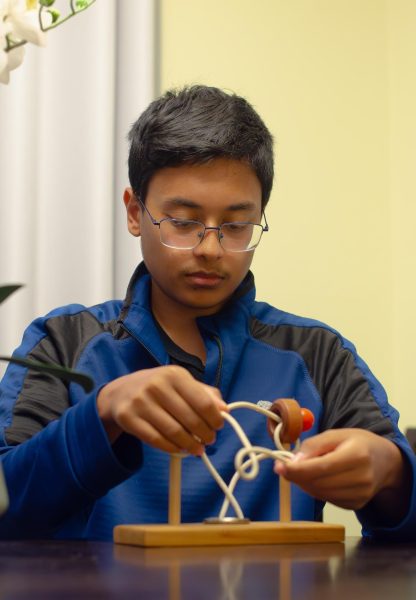
As senior Neil Krishnan stands before children at the Sacred Heart Community Center, he takes a deep breath and holds up his carefully crafted wooden puzzle, a smile spreading across his face. The room grows quiet as the children, eyes wide with curiosity, slowly gather closer around him. He places the smooth, polished board on the table, perfectly carved indentations dotting its surface, and begins to explain the rules of Peg Solitaire. The children watch attentively as Neil speaks, engrossed in his enthusiasm and the puzzle’s simplicity. His smile widens as he watches their faces light up with anticipation, each child eager to take their turn at solving the puzzle he had poured his time and creativity into.
“I really liked to play with puzzles,” Neil said. “When I had the opportunity to do the Eagle Project for Boy Scouts and make puzzles for other people to solve, I thought if I enjoyed them so much, I figured anyone would enjoy them.”
Since he was a child, Neil’s uncle would call him every weekend and give him different puzzles to solve. He always enjoyed those puzzles for the creative approach they required from the solver, unlike the curricula taught at school. The puzzles introduced concepts like pattern recognition and logical reasoning and allowed him to identify and visualize spatial arrangements, which sparked his interest in mathematics.
“I like that some parts of math have a lot of connections between two objects that don’t seem to connect with each other,” Neil said. “It’s as if you found some relationship between letters and colors. You never really expected there to be that relationship, and that is what I like in mathematics.”
Neil also discovered an unexpected relationship between math and music — especially in Baroque style music by composers like Bach — when he tried composing fugues in a music program he attended. Fugues contain multiple voices, similar to how jigsaw pieces fitting together. Several patterns repeat, and they have to be raised and lowered and sometimes even reversed to make a well-rounded piece.
“There are a lot of patterns in music,” Neil said. “You have patterns, and you have these different voices that have to fit against each other like a jigsaw puzzle. Between math and piano, it’s a similar idea of puzzles.”
Neil believes perseverance is essential in mastering challenging subjects like math. Throughout conducting his research project with a mentor through MIT PRIMES, Neil dealt with frustration and disappointment, but the success of his research required him to handle his emotions, especially when concepts or problems become difficult.
“Neil believes that if you just spend a time on a problem — really work on it and push through — it’s very rewarding at the end,” close friend senior Rohan Ramkumar said. “He wants the full experience. I don’t think Neil believes just copying down the homework problem solutions and getting it right is enough. He thinks the real value is the knowledge he gains from doing and laboring on the problem and finally understanding it fully.”
Neil’s perseverance and ingenuity in math stems from his view of math as a set of puzzles, almost a game to solve rather than just equations and numerical equalities. Math teacher Anthony Silk sees Neil’s excitement when he shares math problems and puzzles, often ones that he makes himself.
“He’s like, ‘Here’s a problem. This is really cool,'” Silk said. “He comes up with these math puzzles, and he’s so excited about them that he wants to share. He’s in this fantasy world where he thinks that I’m as smart as he is and that I’m capable of solving them, too.”
While he creates his own puzzles to share with others, Neil also prioritizes helping others with the puzzles of daily life they might need help with, like homework assignments. Close friend senior Aarush Vailaya enjoys talking with Neil about difficult math problems they encounter during class and tackling them together.
“He’s really honest,” Aarush said. “Whenever something goes wrong or a lecture doesn’t make sense or there’s some homework problem which is hard, he’s always willing to share. You can ask him anything, he will say something. He’s always honest.”
Neil’s love for puzzles continues to string together his perseverance, willingness to share and interest in math. In the future, he intends to continue exploring that passion. To Neil, the true value of math lies not just in its applications, but in the joy of uncovering unexpected patterns, elegant proofs and the sense of wonder that comes from connecting ideas in new ways.
“Just like puzzles, math is not inherently very useful,” Neil said. “At a certain point it stops becoming useful once you get into the very abstract part. But what makes math interesting is the beautiful connections and proofs you can find in it.”

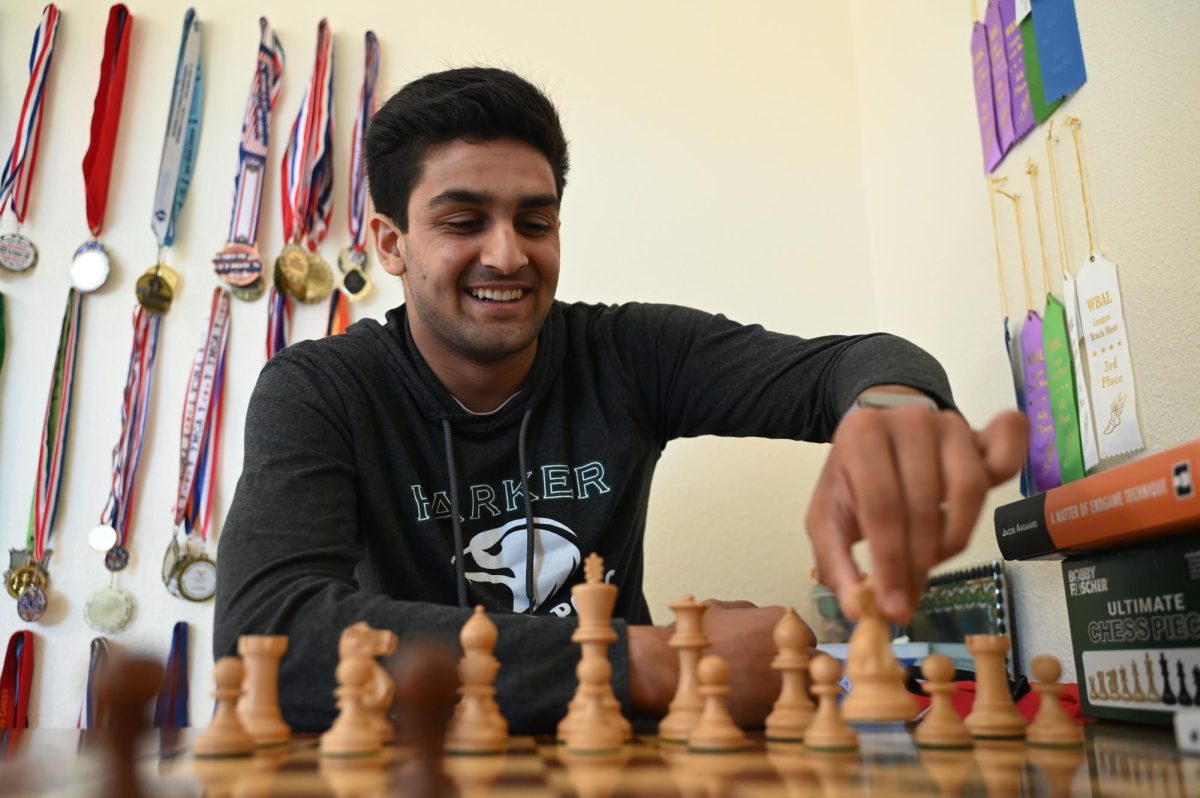
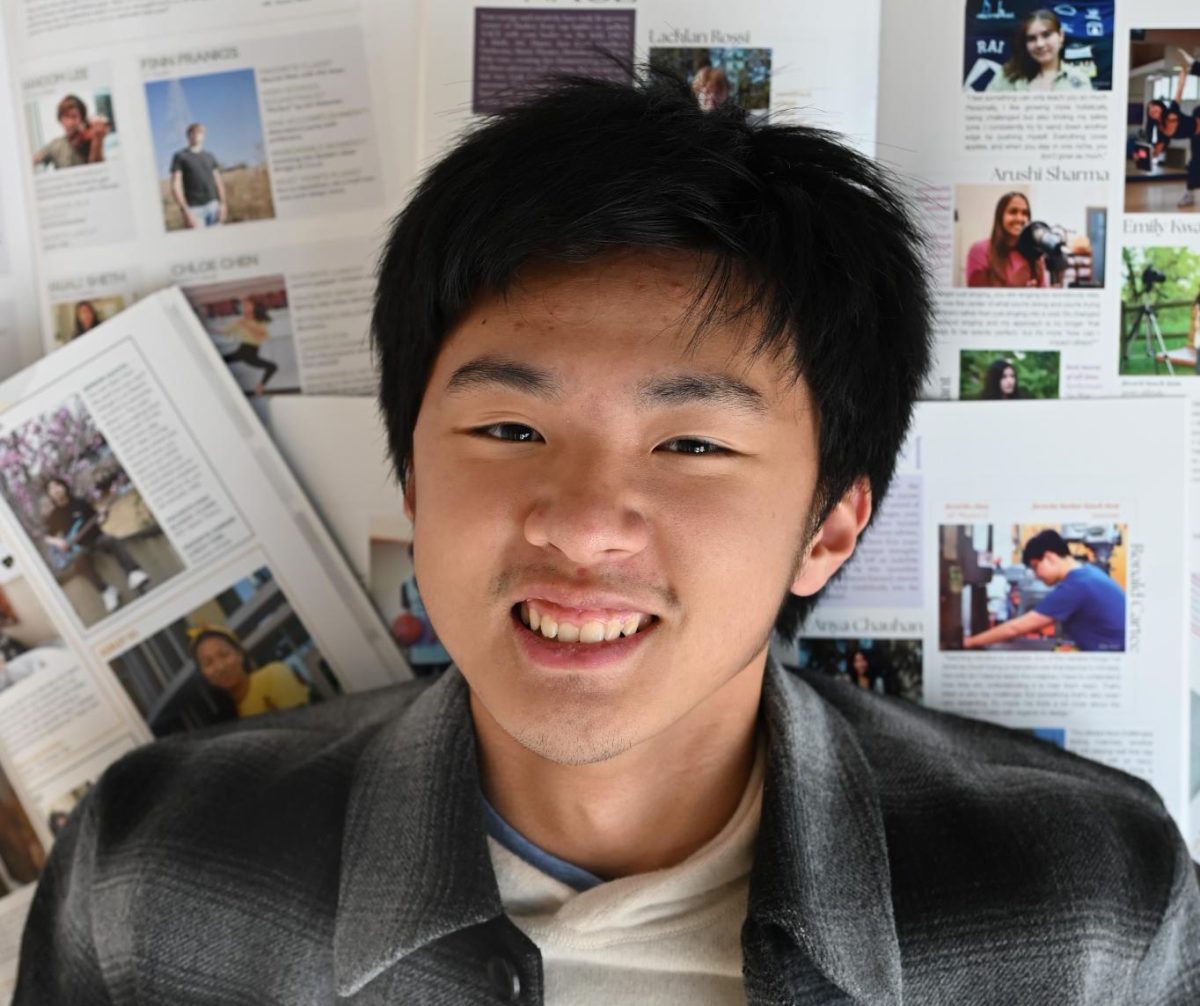

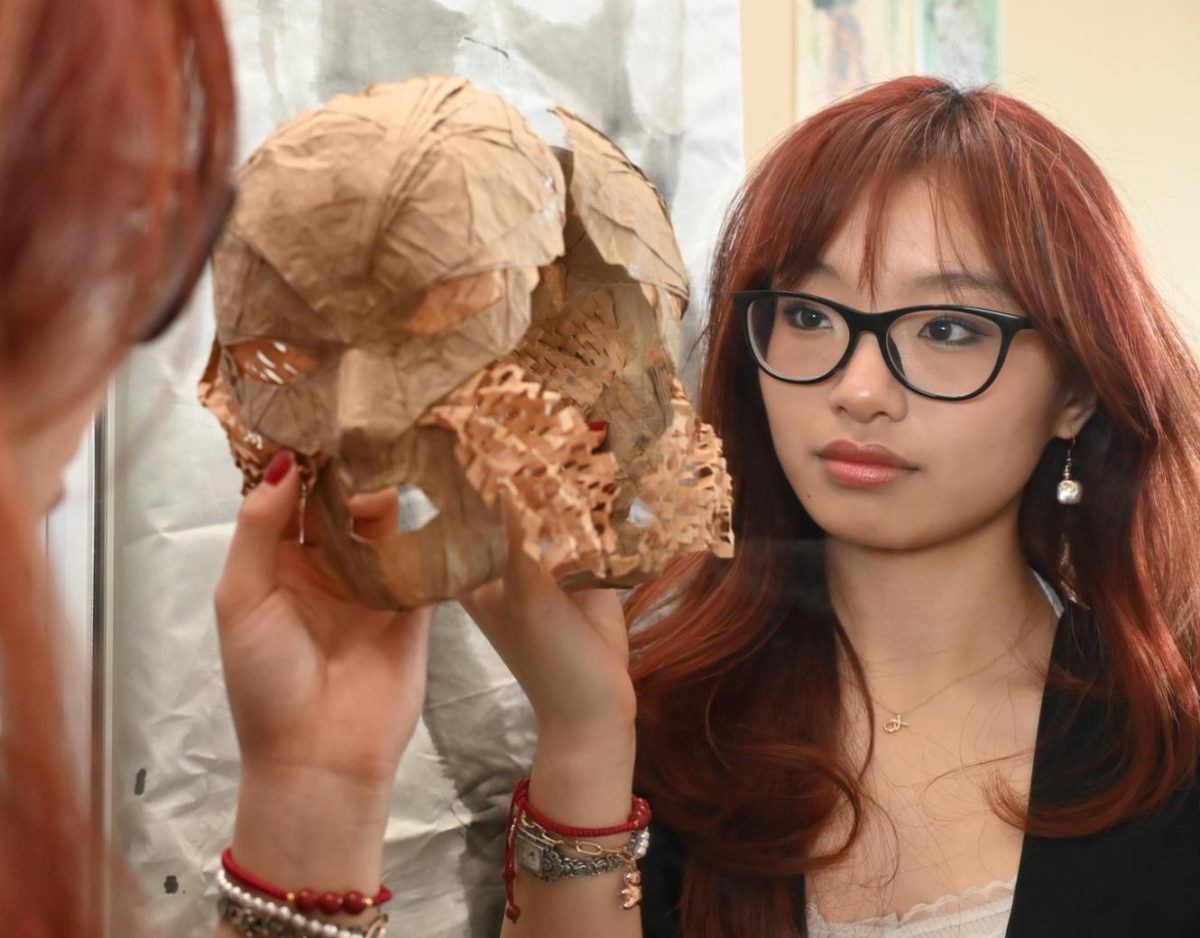
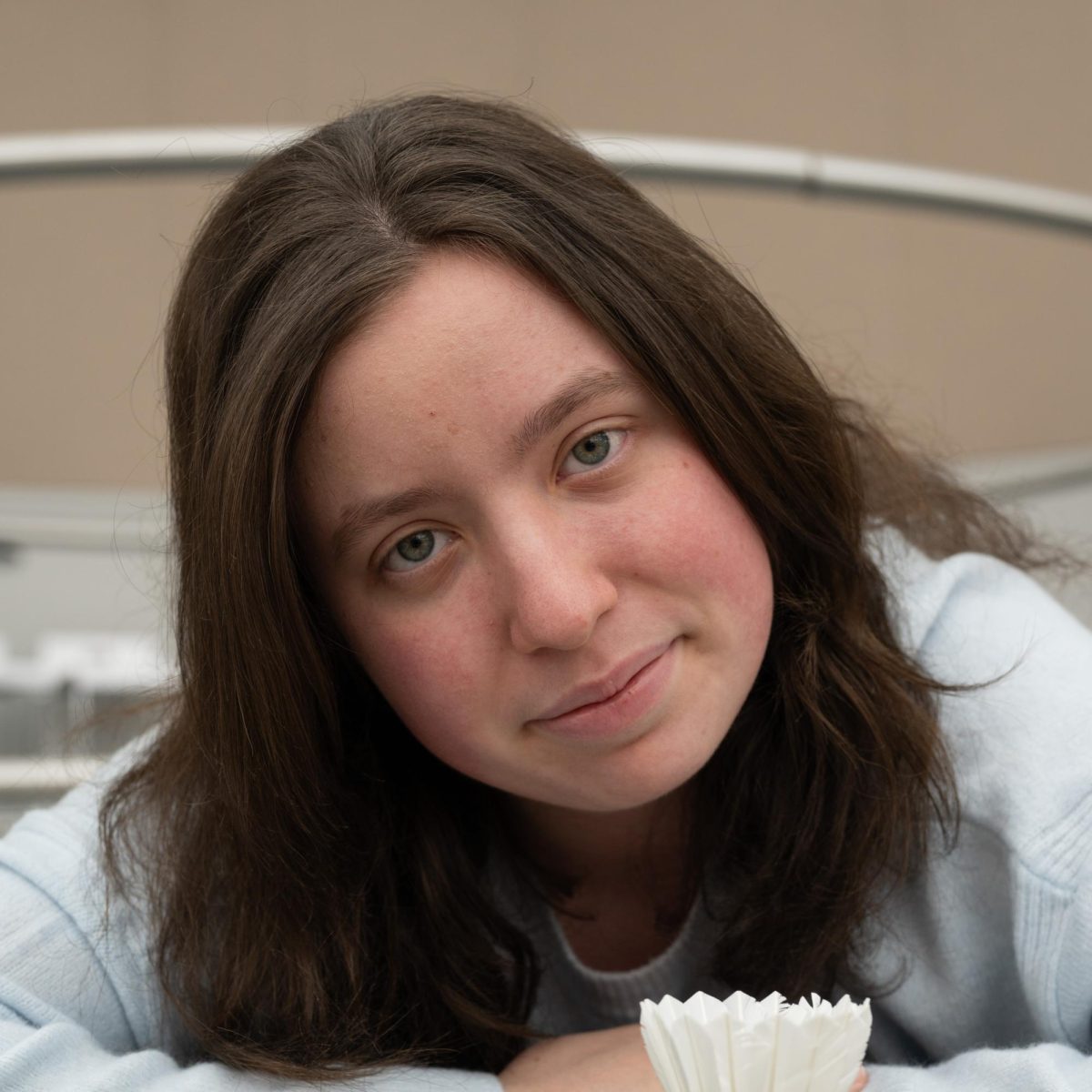
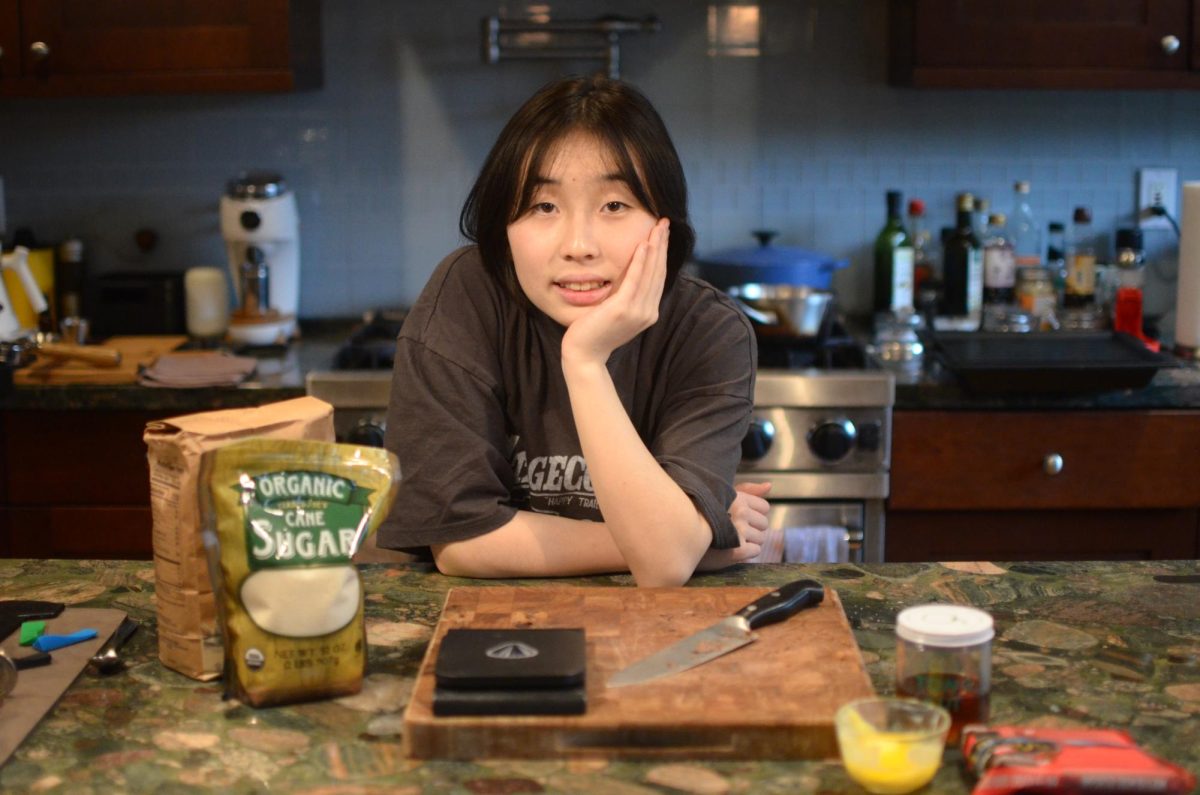



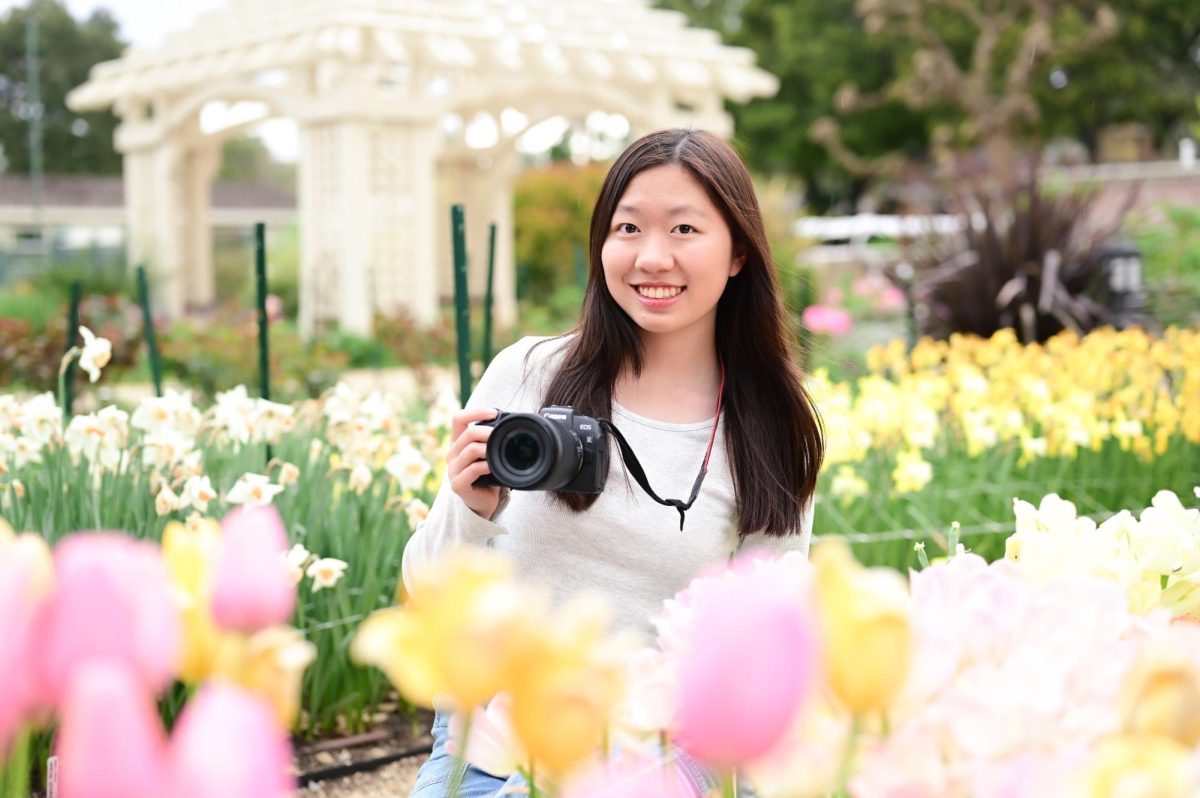
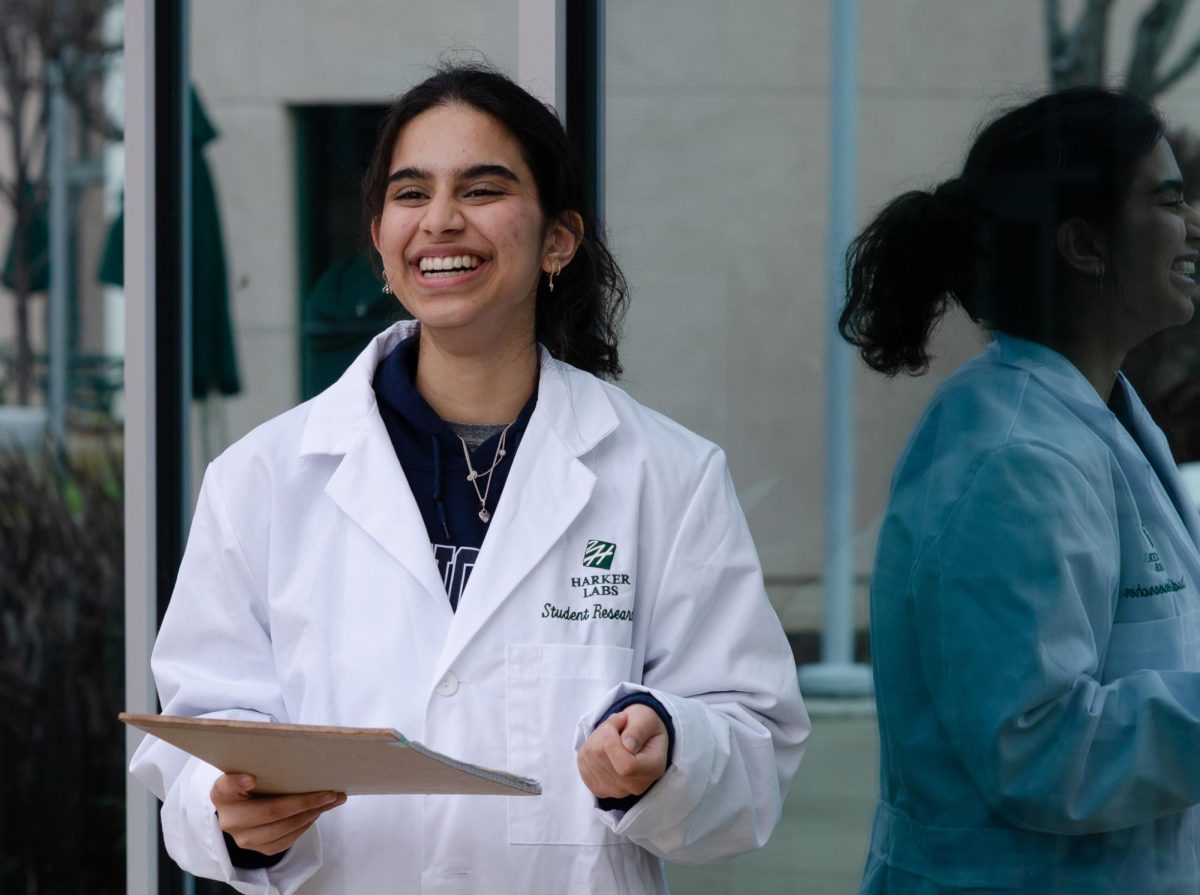
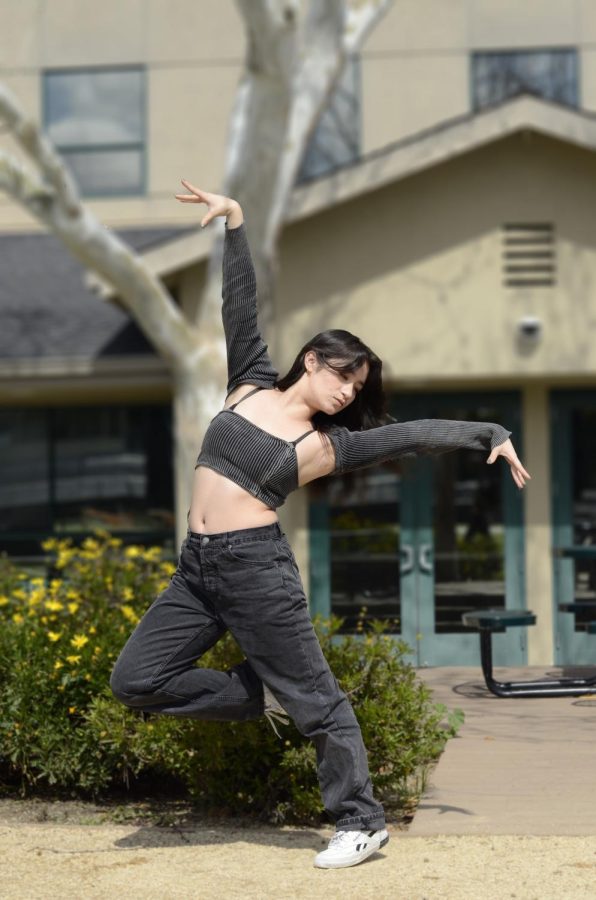
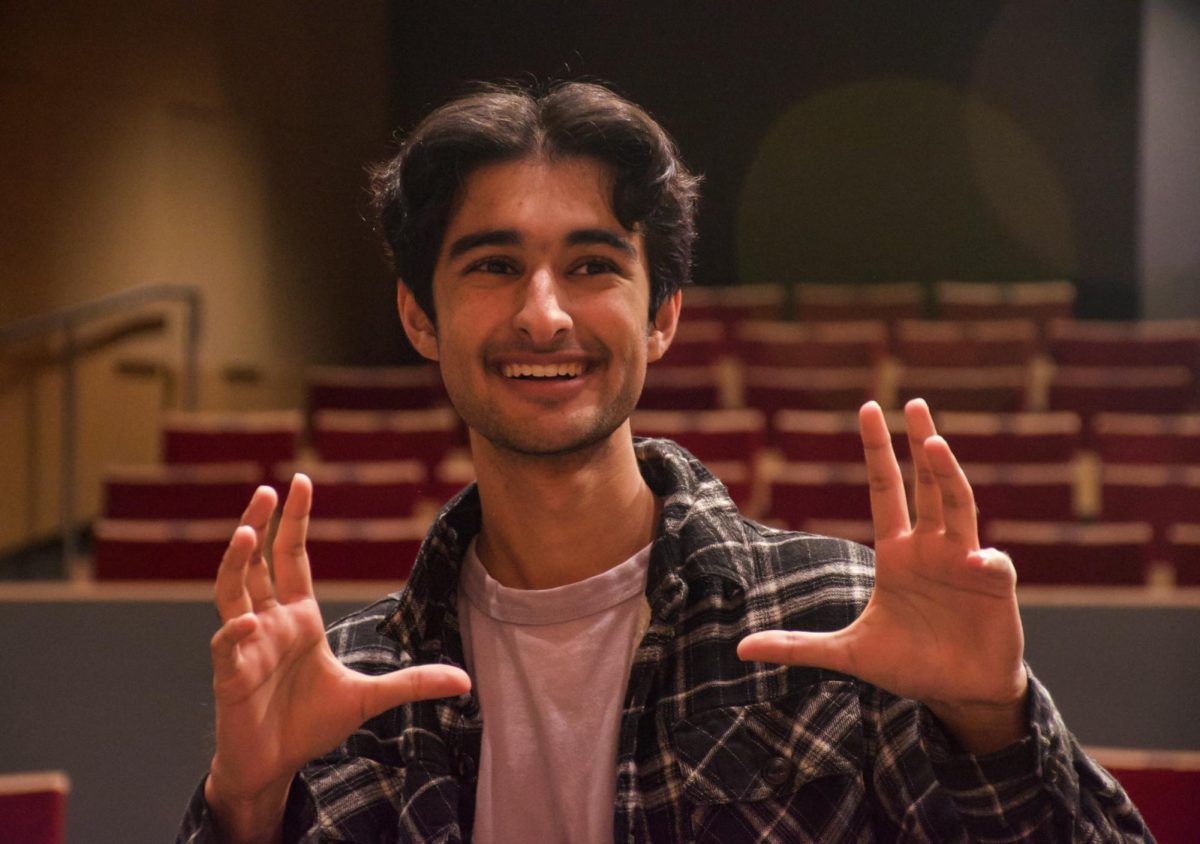

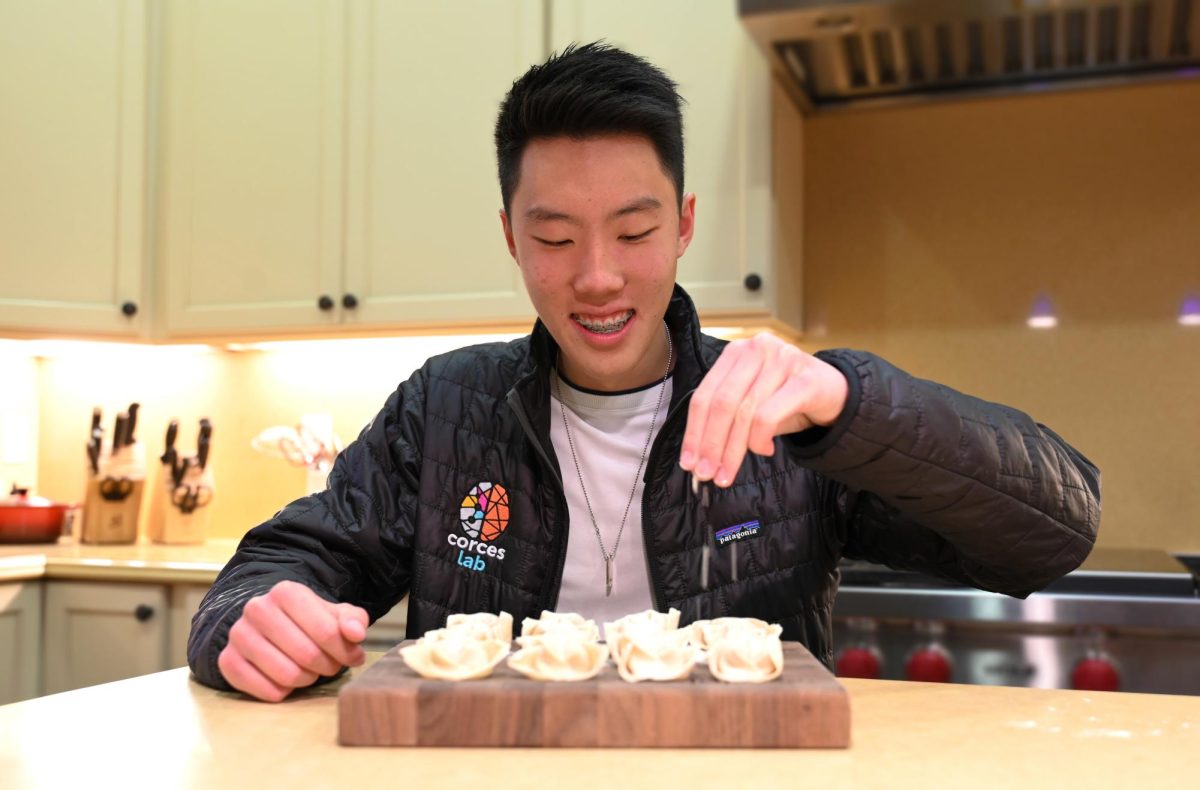
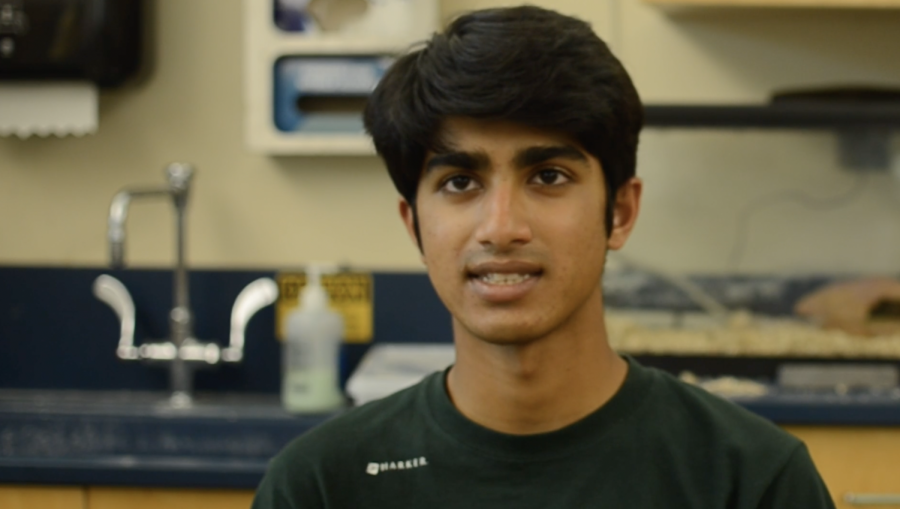
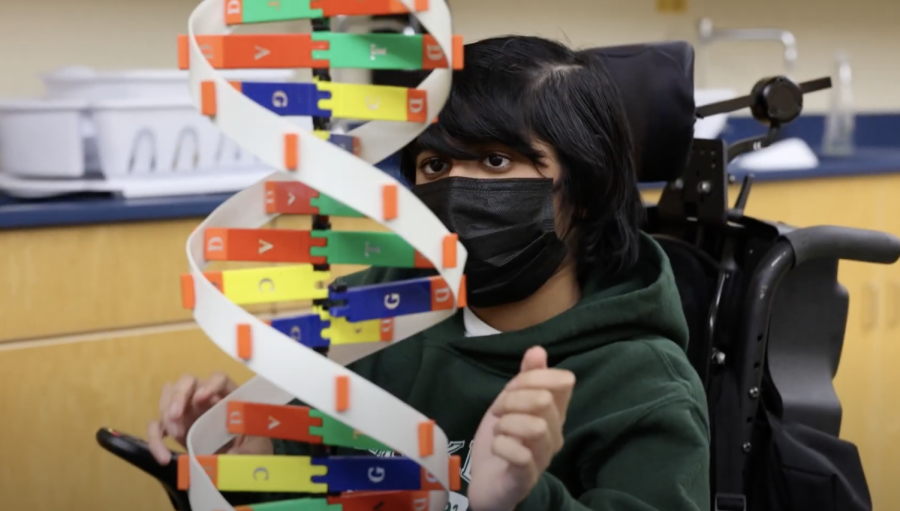
![“[Building nerf blasters] became this outlet of creativity for me that hasn't been matched by anything else. The process [of] making a build complete to your desire is such a painstakingly difficult process, but I've had to learn from [the skills needed from] soldering to proper painting. There's so many different options for everything, if you think about it, it exists. The best part is [that] if it doesn't exist, you can build it yourself," Ishaan Parate said.](https://harkeraquila.com/wp-content/uploads/2022/08/DSC_8149-900x604.jpg)



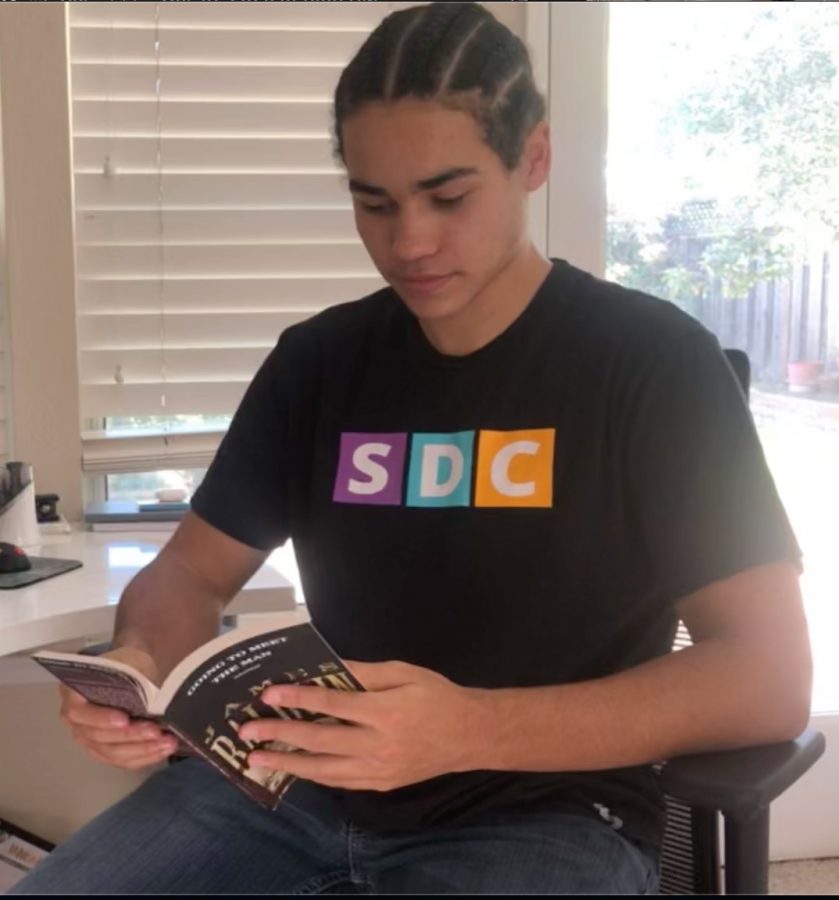
![“When I came into high school, I was ready to be a follower. But DECA was a game changer for me. It helped me overcome my fear of public speaking, and it's played such a major role in who I've become today. To be able to successfully lead a chapter of 150 students, an officer team and be one of the upperclassmen I once really admired is something I'm [really] proud of,” Anvitha Tummala ('21) said.](https://harkeraquila.com/wp-content/uploads/2021/07/Screen-Shot-2021-07-25-at-9.50.05-AM-900x594.png)
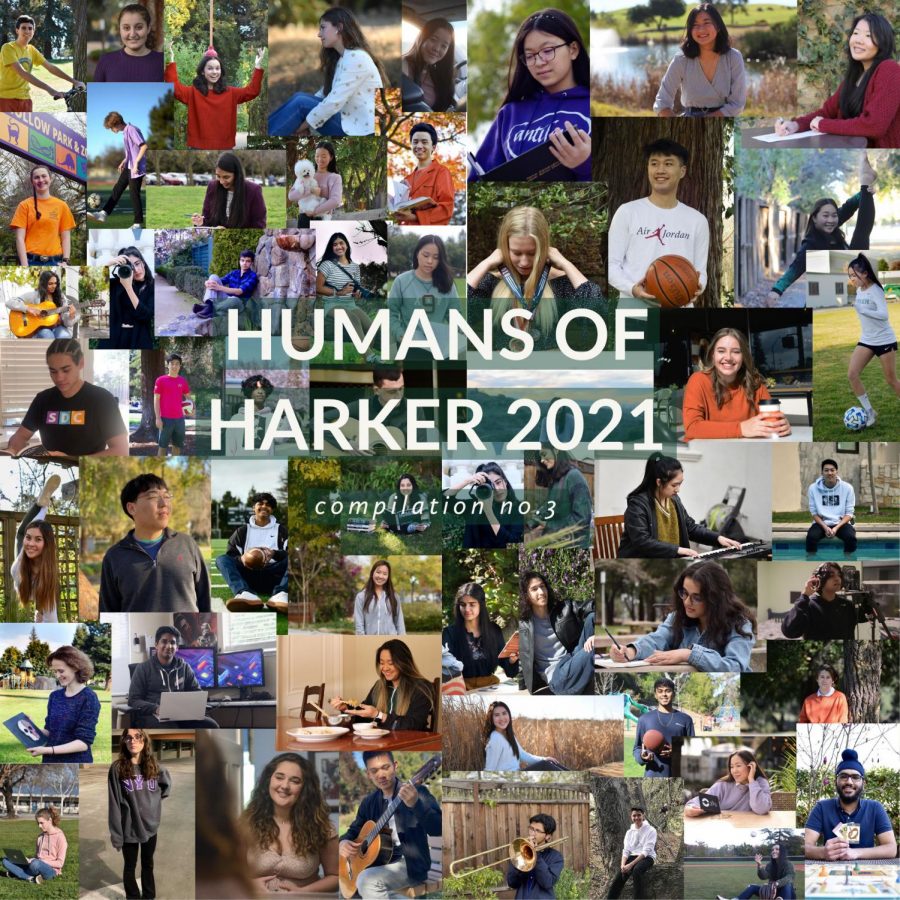
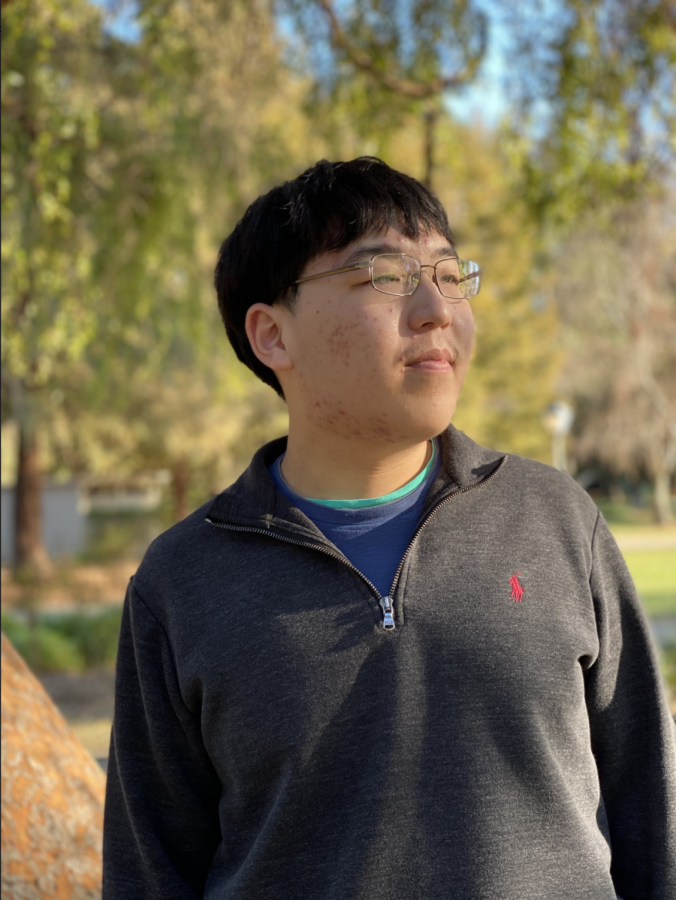

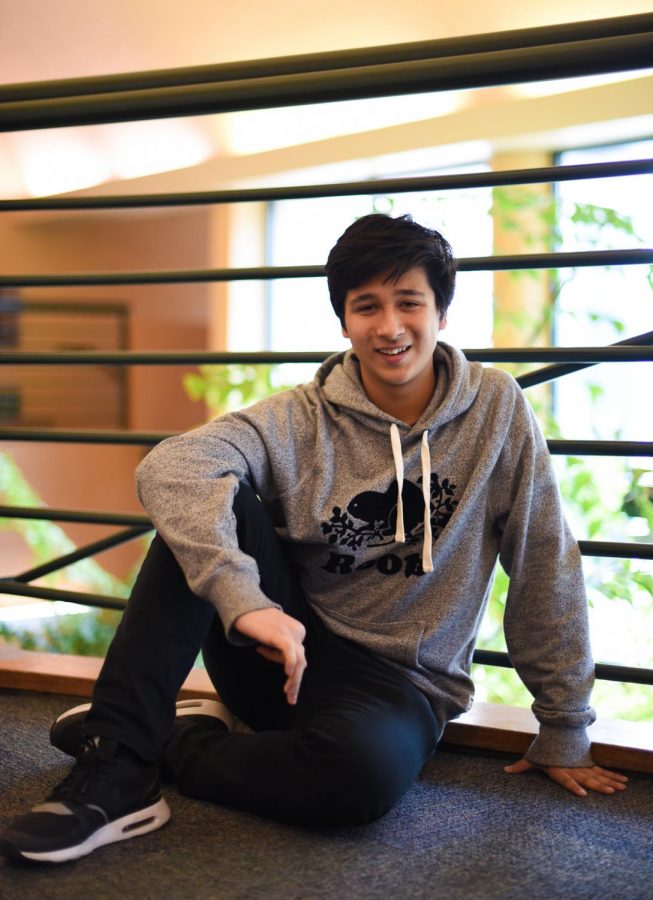
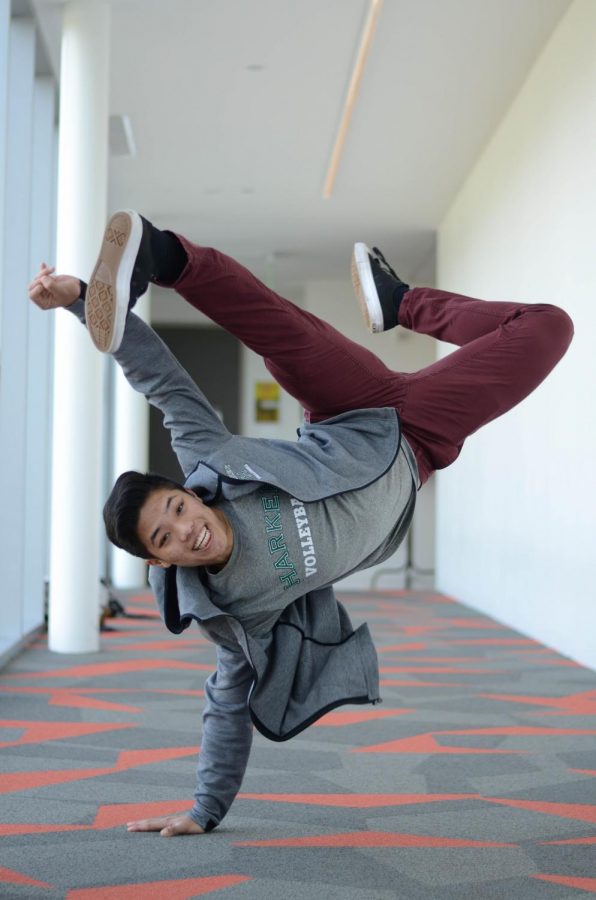
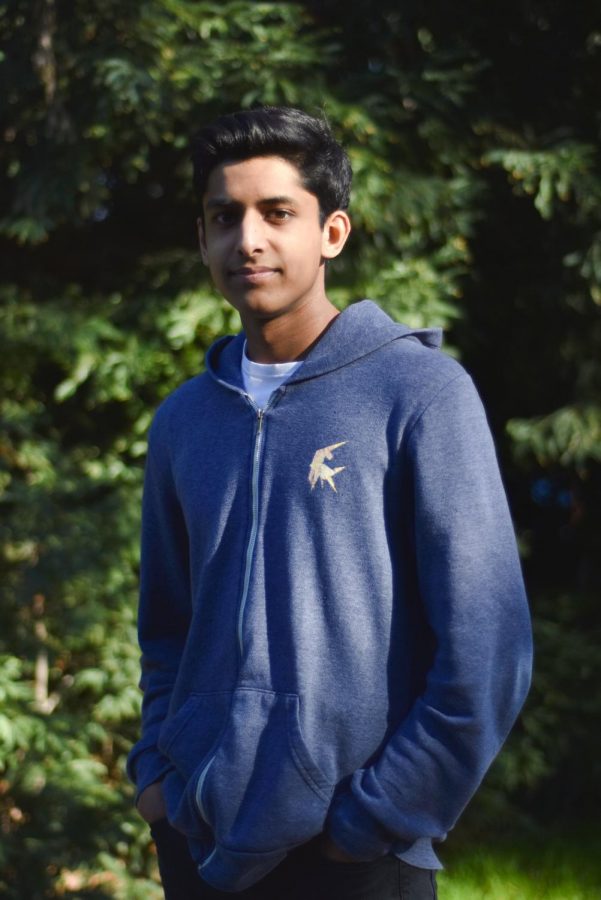

![“I think getting up in the morning and having a sense of purpose [is exciting]. I think without a certain amount of drive, life is kind of obsolete and mundane, and I think having that every single day is what makes each day unique and kind of makes life exciting,” Neymika Jain (12) said.](https://harkeraquila.com/wp-content/uploads/2017/06/Screen-Shot-2017-06-03-at-4.54.16-PM.png)



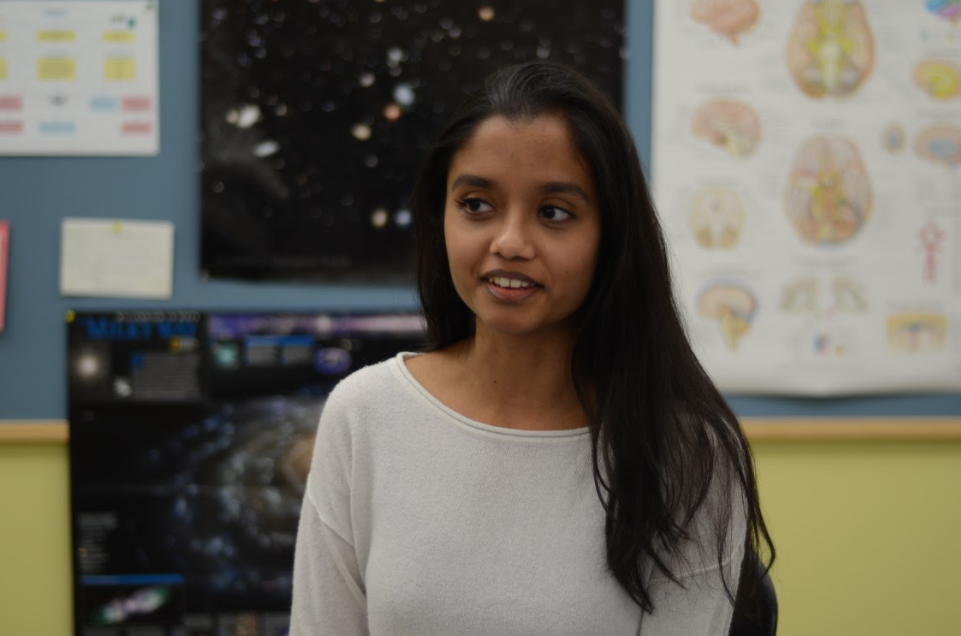
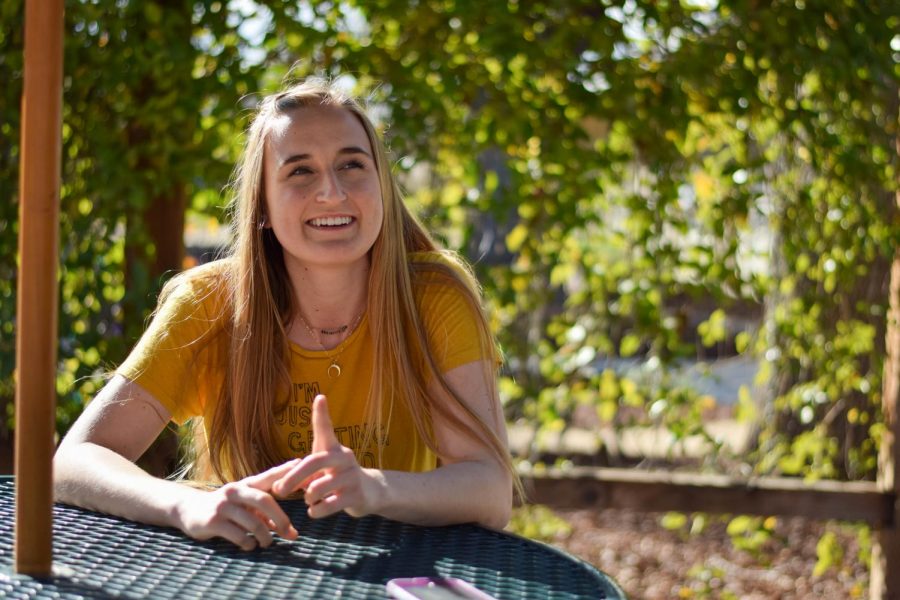
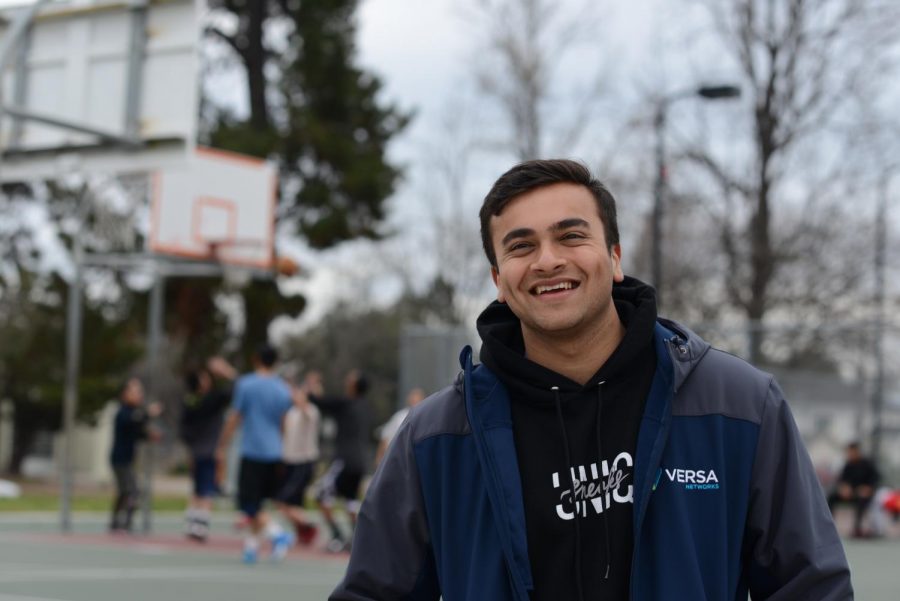


![“My slogan is ‘slow feet, don’t eat, and I’m hungry.’ You need to run fast to get where you are–you aren't going to get those championships if you aren't fast,” Angel Cervantes (12) said. “I want to do well in school on my tests and in track and win championships for my team. I live by that, [and] I can do that anywhere: in the classroom or on the field.”](https://harkeraquila.com/wp-content/uploads/2018/06/DSC5146-900x601.jpg)
![“[Volleyball has] taught me how to fall correctly, and another thing it taught is that you don’t have to be the best at something to be good at it. If you just hit the ball in a smart way, then it still scores points and you’re good at it. You could be a background player and still make a much bigger impact on the team than you would think,” Anya Gert (’20) said.](https://harkeraquila.com/wp-content/uploads/2020/06/AnnaGert_JinTuan_HoHPhotoEdited-600x900.jpeg)
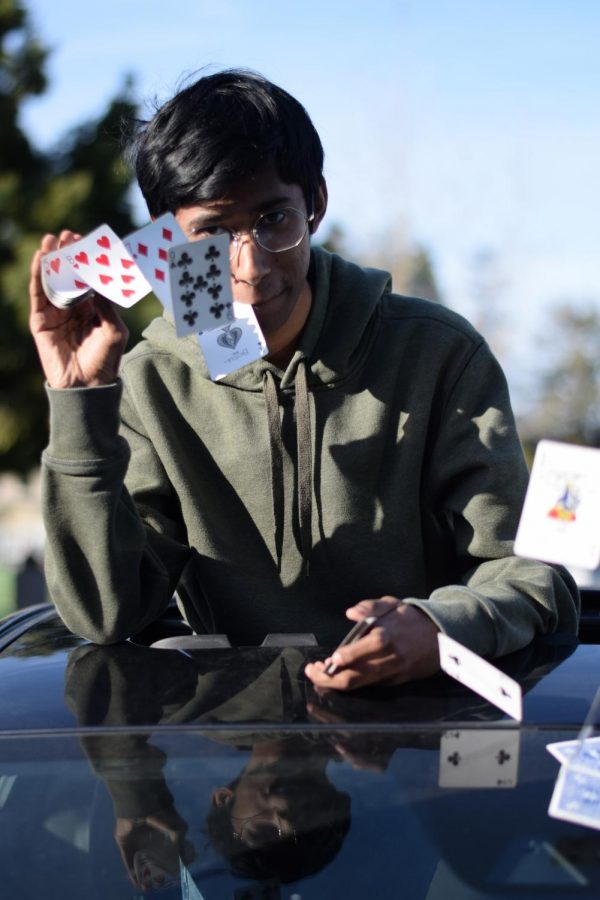
![“I'm not nearly there yet, but [my confidence has] definitely been getting better since I was pretty shy and timid coming into Harker my freshman year. I know that there's a lot of people that are really confident in what they do, and I really admire them. Everyone's so driven and that has really pushed me to kind of try to find my own place in high school and be more confident,” Alyssa Huang (’20) said.](https://harkeraquila.com/wp-content/uploads/2020/06/AlyssaHuang_EmilyChen_HoHPhoto-900x749.jpeg)

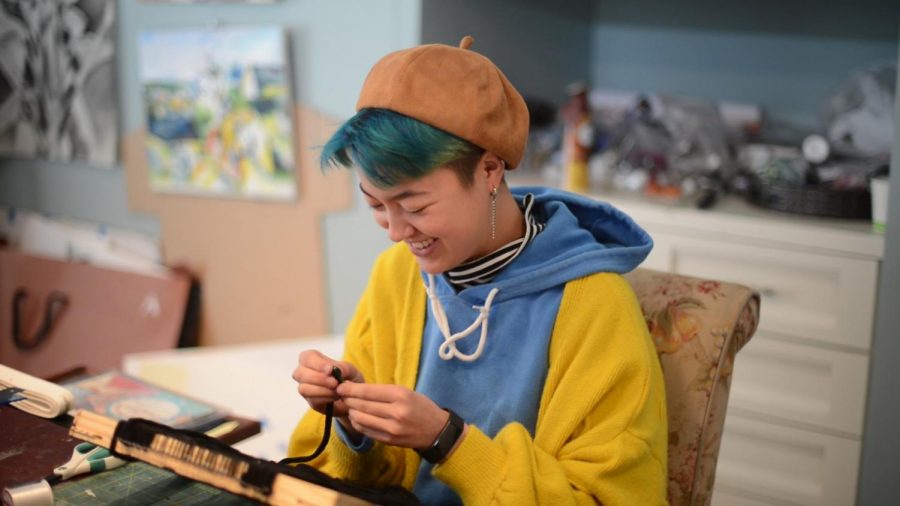

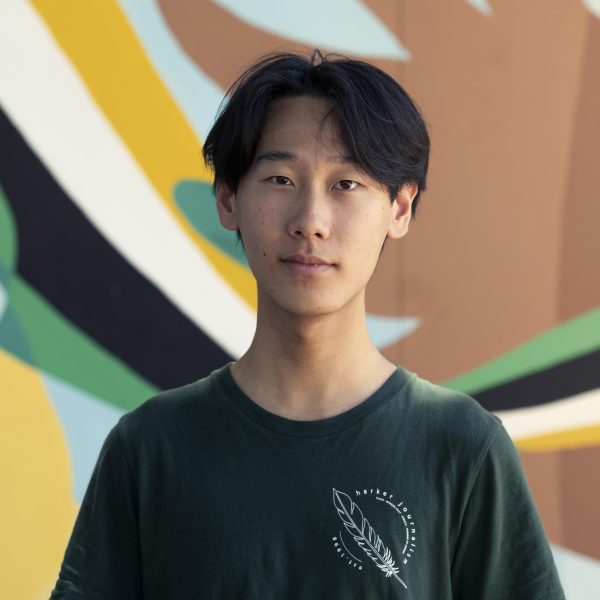
Mokuroh • Apr 30, 2025 at 1:33 pm
neil is so cool and smart :> :> :>